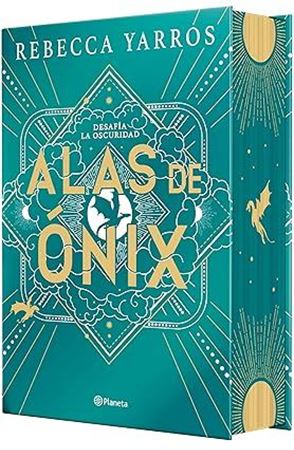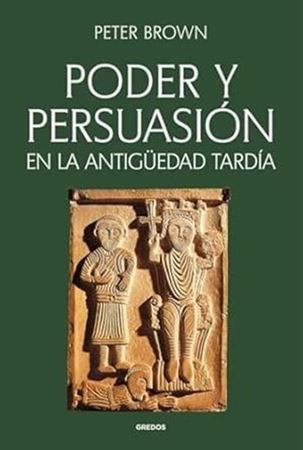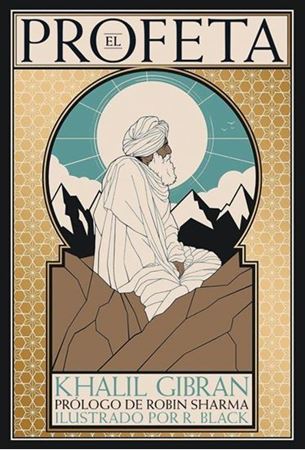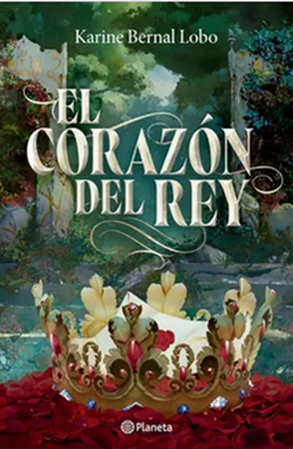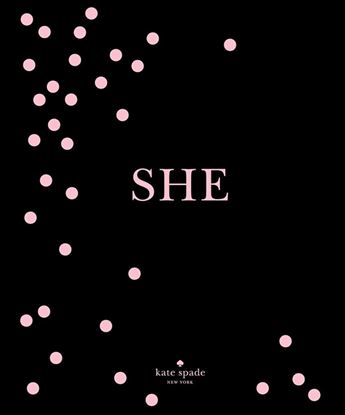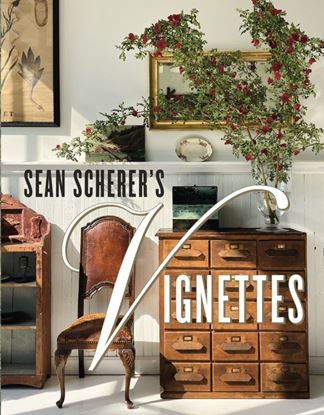

NOVEDADES
THE SPIRITED GARDEN. CREATIVE PRIVATE
A mix of high plant/horticultural knowledge and a love of artistically repurposed everyday materials creating unique features will strike a chord with all those who dream of perking up their own gardens. Doreen sought out the most original gardens to feature those that use cleverly repurposed industrial and found materials: handmade archways of gnarled branches or hand-welded fences, mixed with unique sculptures and structures. Text and deep captions full of plant IDs highlight unusual or remarkable collections of flora and foliage that will inspire readers to re-create or come up with their own planting designs and combinations.
2,995
THE NEW ROMANTIC GARDEN
Over her thirty-year career, celebrated designer Jo Thompson has become recognised for her timeless planting, well-proportioned, English-style gardens rendered modern by a staunch commitment to biodiversity to the eye this translates as a looser formality than English gardens of the past, though every bit as romantic.
2,995
KATE SPADE NEW YORK: SHE MUSES
This “must-have tome . . . which pays homage to trailblazers as varied as Gloria Steinem and Dolly Parton” (ELLE) invites readers into a way of living that is singularly joyous, distinctly feminine, and wildly interesting.
The most exciting and vibrant women in America are the ones who stand out from the crowd. SHE pays tribute to:
Revered activists like Gloria Steinem and Shirley Chisholm
Classic fictional characters like Mary Richards and Carrie Bradshaw
Treasured icons like Marilyn Monroe and Nina Simone
Contemporary firebirds like Chimamanda Ngozi Adichie and Dolly Parton
With rich photography, spirited quotes and profiles, amusing anecdotes, words of wisdom, personal essays, and signature kate spade new york “she” statements, every page of SHE will inspire you to live your own interesting life to the fullest, every single day.
2,995
LIVING WELL BY DESIGN MELISSA PENFOLD
Melissa Penfold, Australia’s foremost authority on style and design, has distilled her three decades of expertise into a single volume, identifying the basic decorating principles—including light and space, composition and balance, and pattern and texture—and offering hundreds of invaluable tips on how to apply them to turn your house into a home that is comfortable, intimate, beautiful, and the most authentic expression of your personal aesthetic.
Illustrated with images of her own home and inspirational homes around the world, Living Well by Design is an indispensable resource for everyone eager to create interiors in which decorating fundamentals are integrally interwoven with individual style.
2,995
SEAN SCHERERS VIGNETTES
How do you make your home come alive with personality, charm, and memory? In the introduction to Sean Scherer’s first book, Kabinett & Kammer: Creating Authentic Interiors, Anderson Cooper writes, “Scherer has a unique ability to place otherwise ordinary objects in a completely unexpected context or grouping and in so doing change the way you see them.”
In Sean Scherer’s Vignettes, Scherer focuses in on the art of combining common objects into aesthetically pleasing groupings, or vignettes. Contending that a vignette can set the whole mood and tone of a room, he shows you how to use any surface in your home, from a tabletop to a bookshelf to a wall, to create lively displays of your favorite items. Beautifully illustrated with Scherer’s own photographs, the book demonstrates how to balance color, texture, and shape, and provides lessons on how to create both symmetrical and asymmetrical vignettes.
2,995
THE NEW CLASSIC HOME MODERN MEETS
In The New Classic Home, beloved designer Paloma Contreras focuses her sought-after expertise on one of the most desired yet difficult tasks in decorating: how to design a space that successfully mixes traditional and modern elements. How does one bridge the gap between such different concepts? By walking readers through her four main techniques—color, texture & pattern, scale & proportion, and tension—Contreras demonstrates how to successfully pair seemingly disparate pieces from different eras and styles to create harmonious, timeless, and balanced interiors.
With spectacular color photography and personalized design tips, The New Classic Home divulges how to blend vintage pieces into even the most contemporary settings, highlight favorite elements of any architectural style, freshen classic silhouettes, and create layered, interesting spaces that always include an element of modern surprise with a touch of elegant antiquity.
2,995

